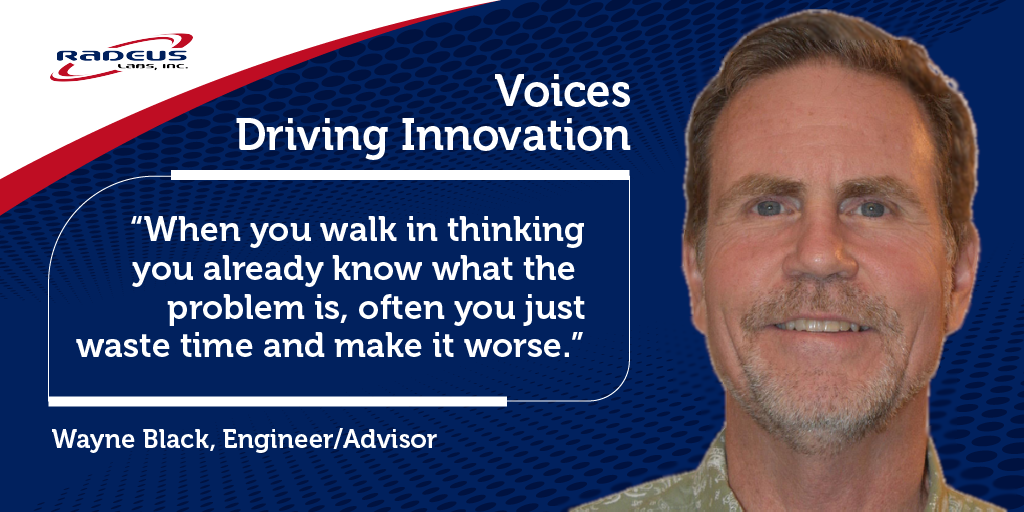New Features Continue to Grow Model 8200 Antenna Control System Capabilities
Poway, CA – June 29, 2017 – Radeus Labs Inc., a market leader in the design and manufacture of high performance antenna control systems, announced today the added capability to provide a 4th-axis of control for the Model 8200 antenna control system.
Ken Cone, Chief Technology Officer and co-owner of Radeus Labs stated, “Customer focus is extremely important to us as we continue to develop features and capabilities that add value to our customers. We understand their operating costs are high, so our unique design approach helps us to add features in a way that tends to reduce the overall cost of ownership to the customer.”
The 4-axis capability was developed for customers that require more complex antenna polarization configurations. The new capabilities are fully integrated into the efficient and intuitive 8200 user interface, providing more flexibility for ground station operations.
“The 8200 is a proven solution that continues to grow in its capability to meet our customers’ needs. We have strong relationships with our customers due to our responsiveness and willingness to adapt to their ever changing business climate,” says Chris Steph, Director of Sales and Marketing for Radeus. “Our customers want to do more, with less, and it is our job to provide equipment that can help them meet their business objectives” says Steph.
Radeus Labs, Inc.
Radeus Labs, Inc., with headquarters and manufacturing facilities in Poway, CA, is a leader in the design, manufacture and marketing of leading edge hardware and software systems for the defense and SatCom markets. Radeus Labs products are thoughtfully designed with a focus on ease of use, high performance and sustainability. They are engineered to give exceptional product life spans and deliver added value to our customers. Radeus Labs’ after sales support is unrivaled in the commercial SatCom market. For more information about Radeus Labs and our high performance products, visit us at radeuslabs.com.
For information about this release, please contact:
Chris Steph
Director of Sales and Marketing
Radeus Labs, Inc.
(858) 602-1252
Chris.Steph@radeuslabs.com



